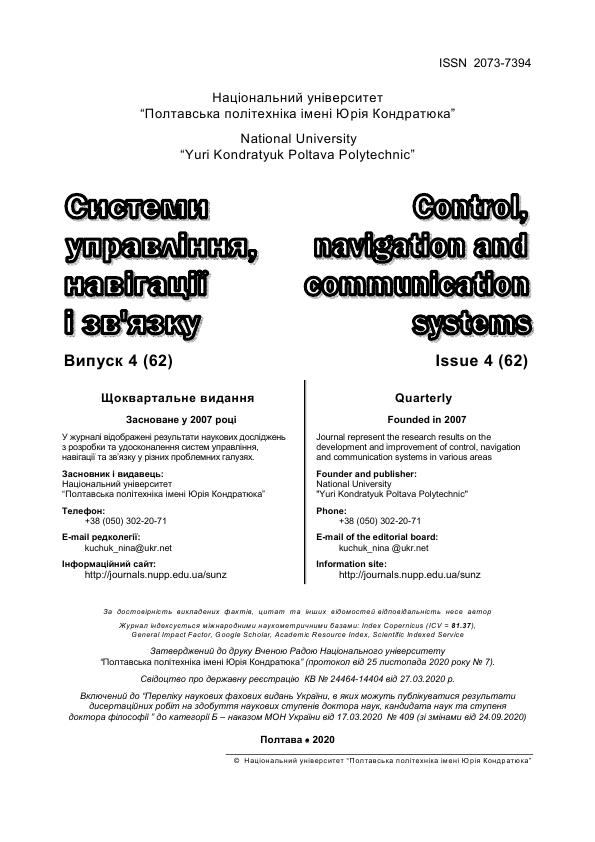THE DESIGN OF ELECTROMAGNETIC SCREENS OF COMPOSITE STRUCTURE TO ENSURE THE STABILITY OF THE CRITICAL INFRASTRUCTURE
DOI:
https://doi.org/10.26906/SUNZ.2020.4.098Keywords:
electromagnetic compatibility, electromagnetic screen, electrical properties, shielding coefficientAbstract
The principles of designing magnetic and electromagnetic screens for electromagnetic compatibility of electrical and electronic equipment at critical objects were developed. It is shown that to improve the stability of the equipment that provides important functions (air traffic control, power generation companies operation, etc.) some hardware and their components should be screened. The basic principles of design are given on the example of designing cylindrical protective design. It is proved that the actual electromagnetic situation must be studied for the efficient design of a protective structure. This makes it possible to determine the minimum required shielding factor, based on the standards for the resistance of electronic equipment to electromagnetic influences. Based on the shielding coefficient for known functions, the values of electrophysical parameters of the shielding material were obtained. These parameters were determined by changing the concentration and thickness of the shielding structure. This step is mandatory due to the lack of data on the electrophysical and magnetic properties of composite materials in the reference literature. To simplify and speed up the design work, it is advisable to obtain approximations for the changes in protective properties depending on material characteristics. The calculation of the effective magnetic permeability of metal-polymer material depending on its composition (the ratio of the content of the shielding substance and the polymer) using the Comsol package are given. This parameter determines the shielding factor obtained experimentally. The screening of large areas (separate rooms) must take into account the need to ensure wireless connection signal frequency of at least 0,18-0,20 mW/cm 2
Downloads
References
Саенко Ю. Л., Бараненко Т. К., Бараненко Е. В. Методы компенсации реактивной мощности в сетях с нелинейными нагрузками. Вісник Приазовського державного технічного університету. 2013. Вип. 26. С. 204–210.
Саєнко Ю. Л., Бараненко Т. К., Бараненко Е. В. Зниження рівнів гармонічних спотворень в електричних мережах з джерелами інтергармонік. Електрифікація транспорту. 2012. No3. С. 78–83.
Перельот Т.М. Гармоніки електричних струмів промислової частоти та їх вплив на електромагнітну обстановку у приміщеннях. Гігієна населених місць. 2014. Вип. 64. С. 192–197.
Bezprozvannych G. V. Pushar O. A. Increasing Noise Immunity of Cables for Fire Protection System. Electrical insulation and Cable Engineering. 2020. No 4. Р. 54–58.
Хорхе В. Магнитная защита для беспроводных систем. Электронные компоненты. 2017. No 10. С. 73–76.
Розов В. Ю., Ассуиров Д. А. Автоматическое управление внешним магнитным полем технических объектов. Технічна електродинаміка. 2011. No1. С. 11–18.
Bhattacharjee S. Protective Measures to Minimize the Electromagnetic Radiation. Electronic and Electric Engineering. 2014. Vol. 4. P. 375–380.
Kasar V., Pawar A. A Novel Approach to Electromagnetic Interference Shielding for Cell Phones. International Journal of Science and Research. 2014. Vol. 3. P. 1869–1872.
Singh J. Computer Generated Energy Effects on Users and Shielding Interference. International Journal of Innovative Research in Computer and Communication Engineering. 2015. Vol. 3. P. 10022–10027.




